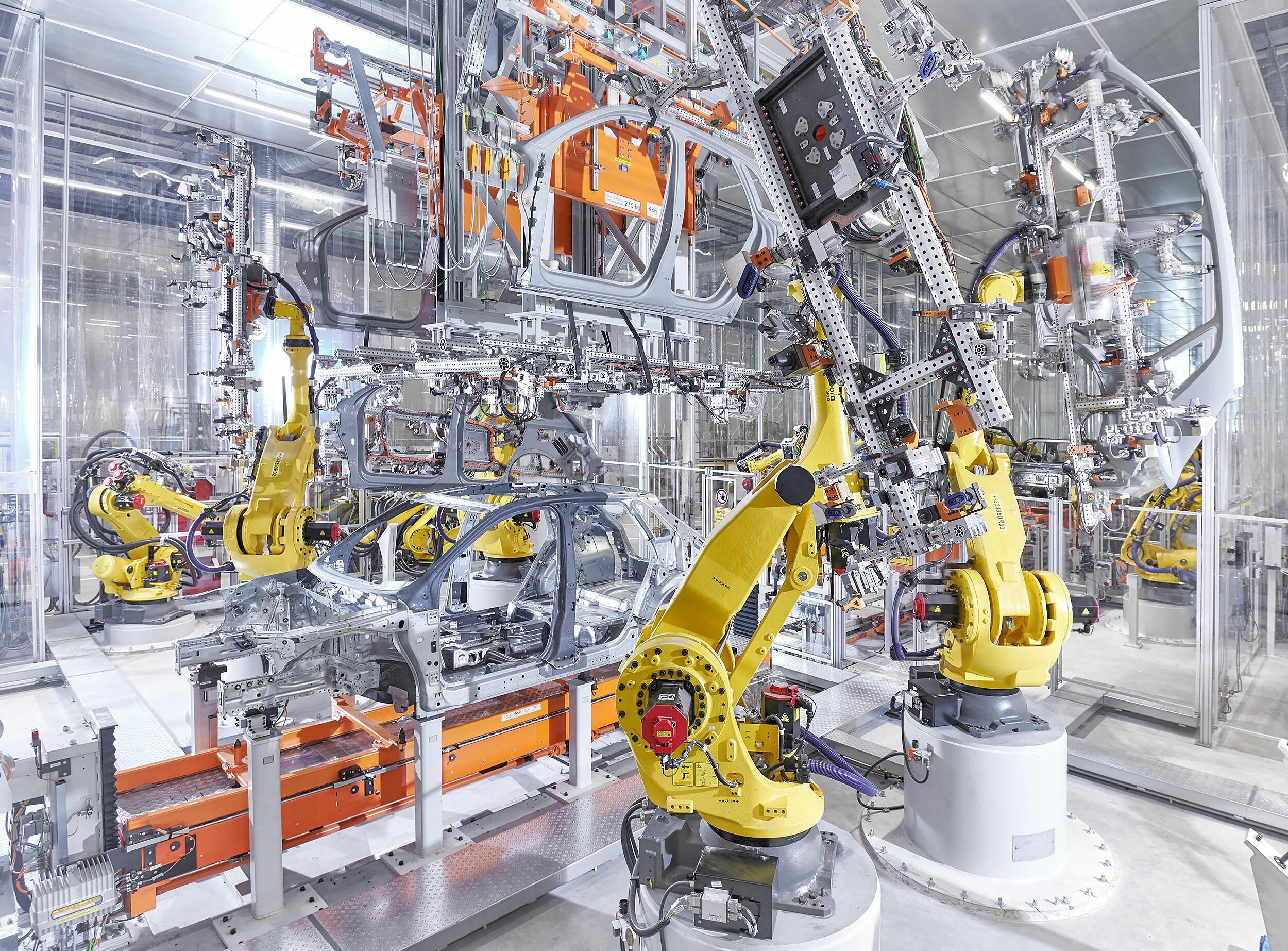Search
All search results for " Autonomous Audi TTS "
(12)
 Audi and the future of motorsport
Audi and the future of motorsport
Sport prototypes an ideal platform for Audi Direct technology transfer between motorsport and production Lightweight and electrification gain importance
On the occasion of the 24 Hours of Le Mans the FIA World Endurance Championship was presented. This new championship will see automobile manufacturers join the grid wishing to test ground-breaking technology in motorsport – just as Audi has already done for over 30 years and also intends to continue doing in the future. Head of Audi Motorsport Dr. Wolfgang Ullrich, Wolfgang Egger, Head of Design of Audi and Michael Splett, Strategic Corporate Planning, discussed just how the future of motorsport could look.
Audi itself devotes huge resources internally to the subjects of lightweight design and construction, efficiency and electromobility. This is also reflected in the brand’s motorsport involvement. Dr. Ullrich, will there be alternatives to petrol and diesel engines in the future in motorsport? Could you imagine races with electric vehicles? Dr. Ullrich: There are already races for electric vehicles. This will become increasingly pertinent in the future. I am, however, convinced that the combustion engine will at least be present at the pinnacle of motorsport in forthcoming years – probably in association with intelligent recovery systems. For example, in the form of reusing stored braking energy. In motorsport everybody is developing such systems at the moment. When are these systems ready for use? Dr. Ullrich: Such systems add additional weight to the car – and weight is one of the greatest handicap factors in motorsport. The goal must be to work on systems that do not make the car overweight. I’m convinced that we’ll see systems in a few years that are more efficient as a whole than pure drive through a combustion engine. When will this be the case? Dr. Ullrich: Motorsport is brutal: only the best system prevails.
 40 facts about 40 years of Audi Sport GmbH
40 facts about 40 years of Audi Sport GmbH
The development of the rhombus: The defining red rhombus of the Audi Sport brand dates back to 1981. It was first registered with the German Patent and Trademark Office on January 23, 1981, one day before the start of the Monte Carlo Rally, where the Audi quattro made its debut in rallying. Effective as of March 16, 1981, the Office protected the rhombus, which initially included three colors, as a word and figurative mark. The colors red, gray, and mahogany brown marked the triple-striped rhombus, as did the livery designs of the rally cars and later the Audi Sport race cars in Trans Am, IMSA GTO, and DTM. In 1990, the sportiest production model, the Audi S2, wore a solid red rhombus with the four rings set into it as its emblem for the first time. For the 1992 DTM season, Audi also visually transformed its racing logo accordingly. Since the 2004 season, the brand has used the red diamond with the name Audi Sport instead of the four rings. Much more than cars: In 1984, quattro GmbH offered its first high-quality collection of travel accessories. In the next step, this was expanded to include exclusive watches and a range for ladies called “Lady quattro”. To this day, the design and sale of accessories is one of the company’s four mainstays. In 1995, a second field was added with an individual program, now known as “Audi exclusive”. Customers have a wide choice of equipment and finishing options. The third pillar came into being in 1996 with the registration as an independent car manufacturer. A fourth field of business was opened in 2011 with motorsport from Audi Sport customer racing. The first of its own cars: quattro GmbH was registered as an autonomous vehicle manufacturer in 1996. In the same year, the sporty Audi subsidiary presented its first high-performance model: the Audi S6 plus with 240 kW (326 hp).
 Profile of location
Profile of location
AUDI HUNGARIA Zrt. develops and produces drive systems in Győr, Hungary, for AUDI AG and other companies in the Volkswagen Group. The company produces more than 170,000 Audi vehicles annually and body components for Audi and the Volkswagen Group’s exclusive and sport models. Moreover, Audi Hungaria offers the entire Volkswagen Group various competence-oriented services. Since its foundation in 1993, Audi Hungaria has become one of the country's largest exporters and most profitable companies. Audi Hungaria is also one of the largest foreign investors in Hungary and the biggest employer in the region, with 11,930 employees as of December 31, 2024. Powertrain production The site has manufactured drive systems for Audi and the Volkswagen Group since 1994. Over the years, the company has become the largest powertrain factory in the world. In 2024, Audi Hungaria produced 1,580,991 powertrains in Győr for 35 Volkswagen Group production sites. Of the engines manufactured in 2024, 1,114,473 were three- and four-cylinder gasoline and diesel engines. The site’s employees also produced 13,332 five-cylinder gasoline engines, 228,719 six-cylinder gasoline engines, 67,724 six-cylinder diesel engines, and 3,728 ten-cylinder engines. This was the last year of producing our iconic ten-cylinder engines. Additionally, 151,899 electric axle drive units were manufactured in Győr. All in all, Audi Hungaria built six different gasoline and two diesel engine variants in 2024, as well as two families of electric drive systems with a power spectrum from 120 kW (122 PS) to 280 kW (244 PS). Electric axle drives have been produced in Győr since 2018. In the intervening years, its share of total production volume has risen sharply. The electric motors are installed in the Audi Q8 e-tron, Audi Q6 e-tron, A6 e-tron, and Porsche Macan. The new electric drive systems for the Group’s fully electric models will also be supplied from Győr.